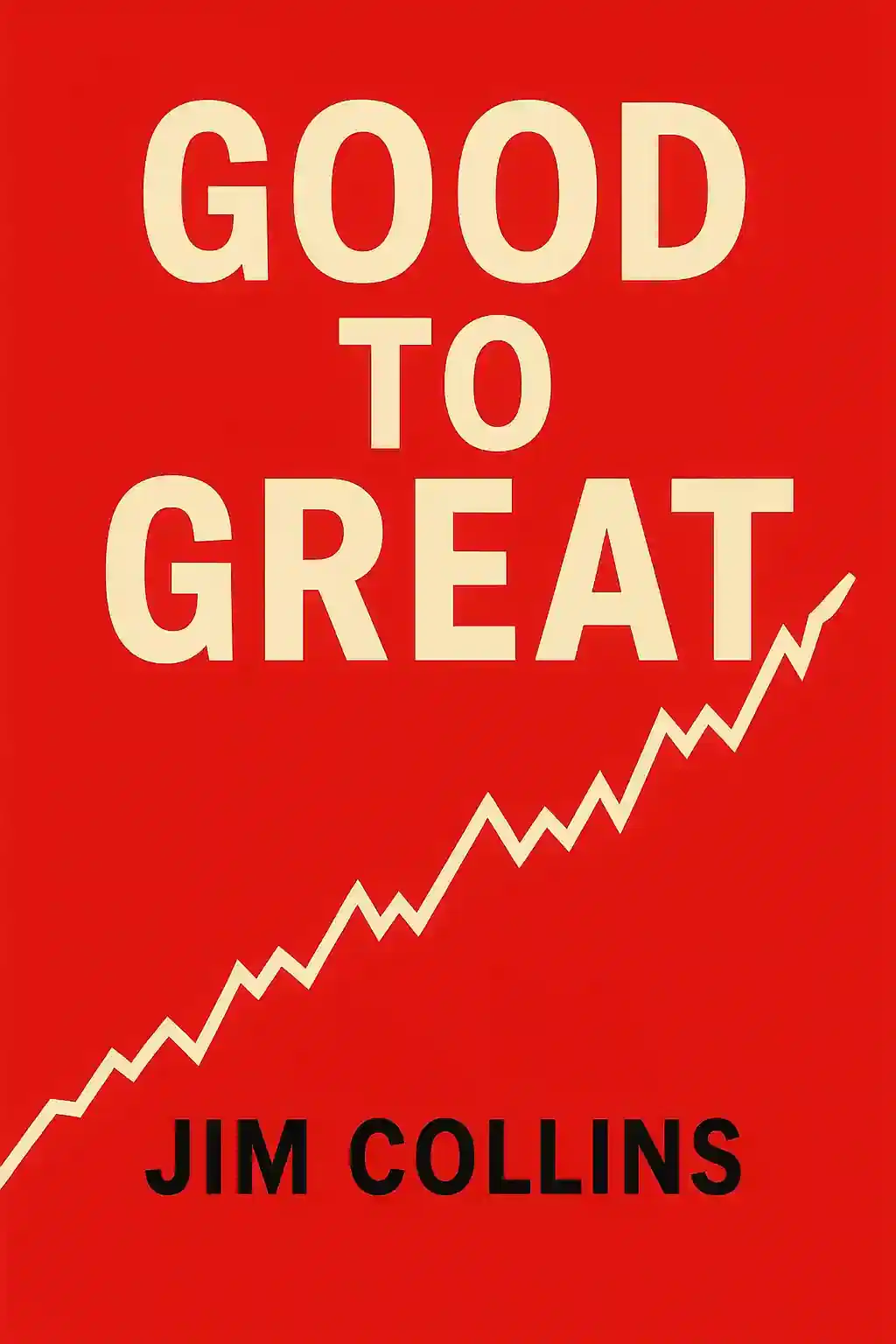What is
The Courageous Follower by Ira Chaleff about?
The Courageous Follower explores the critical role followers play in leadership dynamics, emphasizing mutual respect, accountability, and the ethical duty to challenge leaders when necessary. Chaleff outlines five dimensions of courageous followership: assuming responsibility, serving proactively, challenging constructively, participating in transformation, and knowing when to leave. The book reframes followership as an active partnership vital to organizational success.
Who should read
The Courageous Follower?
This book is essential for professionals at all levels, particularly team members, mid-level managers, and leaders seeking to foster healthier organizational cultures. It’s ideal for those navigating ethical dilemmas, hierarchical structures, or leadership challenges in corporate, military, or nonprofit settings.
Is
The Courageous Follower worth reading?
Yes—it offers actionable strategies for balancing loyalty with integrity, backed by real-world examples and scripts for difficult conversations. Readers praise its transformative insights on empowering followers to drive positive change while maintaining respectful leader relationships.
What are the five dimensions of courageous followership?
Chaleff’s framework includes:
- Courage to Assume Responsibility: Self-directed action aligned with shared goals.
- Courage to Serve: Relieving leaders of tasks outside their strengths.
- Courage to Challenge: Questioning deviations from core values.
- Courage to Transform: Supporting leaders through behavioral change.
- Courage to Leave: Exiting toxic situations or pursuing new growth.
How does
The Courageous Follower redefine loyalty?
Loyalty here means allegiance to the organization’s purpose—not blind obedience. Followers are urged to voice concerns when leaders compromise values, using scripts like “I support our mission, but this approach risks…”
What is “intelligent disobedience” in Chaleff’s work?
A concept from Chaleff’s later book, it mirrors courageous followership: the ethical duty to reject harmful orders while maintaining accountability. Examples include refusing unethical directives after documenting concerns.
How does
The Courageous Follower advise handling unethical leadership?
It recommends escalating concerns through formal/informal channels, using data-driven arguments, and seeking allies. If change is impossible, leaving becomes ethically necessary—a “loyalty to conscience.”
What criticisms exist about
The Courageous Follower?
Some note it assumes pre-existing healthy leader-follower relationships and lacks granular tactics for building trust in dysfunctional environments. Critics suggest pairing it with conflict-resolution guides.
How does this book compare to Simon Sinek’s
Leaders Eat Last?
Both emphasize ethical leadership, but Chaleff focuses on follower agency, while Sinek examines leadership’s psychological impacts. They complement each other—Courageous Follower provides tools for upward influence.
What key quote encapsulates the book’s message?
“Followers and leaders are partners in a dance of mutual transformation.” This highlights the interdependence Chaleff champions over traditional top-down hierarchies.
How can teams apply
Courageous Follower principles?
- Create “challenge protocols” for decision-making meetings.
- Rotate “devil’s advocate” roles in projects.
- Train leaders to explicitly invite follower feedback.
Why is
The Courageous Follower relevant in 2025?
As workplaces emphasize flatter hierarchies and ethical AI governance, its lessons on responsible upward influence remain critical. The book’s frameworks help navigate modern issues like remote-team dynamics and algorithmic bias.


















